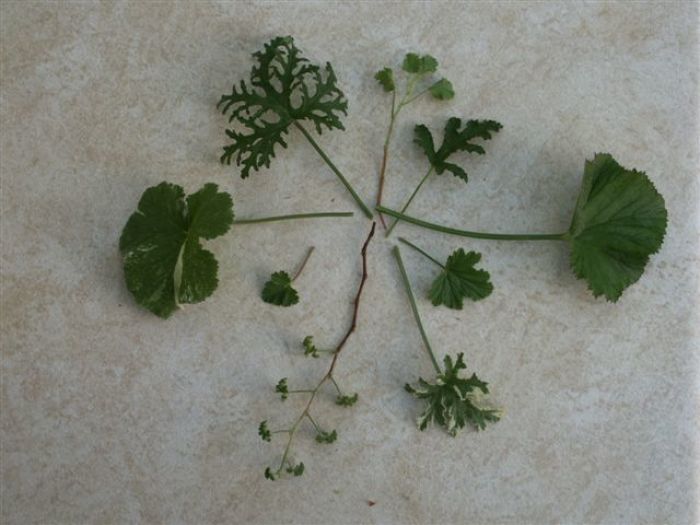
If you cultivate herbs or are fortunate enough to have a friend who grows many different types of herbs, you might want to try rooting some cuttings of perennial herbs, a quick and inexpensive way to obtain plants that are true to type. The best time to do this is in the spring when plants are putting out new growth, or in the fall when you are about to harvest your herbs or prune them back while tidying up the garden for winter.
Right now, as I harvest herbs to preserve for the winter months ahead (see the box below for some videos on harvesting and preserving herbal bounty), there are some that I cannot bring indoors to the greenhouse. Many of the scented geraniums are leggy and need drastic pruning. There are tender annual salvias that won’t be coming in, so I want to take some cuttings to keep them going. I also like to take cuttings of the culinary sages, rosemarys and lavenders that will be wintering over outdoors, just in case I should lose any of them to cold weather.
It is easy to make root cuttings; the most important thing is to keep their tissues moist so they don’t dry out while this process is happening. Choose sturdy cuttings, four to five inches long, and remove the leaves from the lower two inches of the stem. Fill small plastic pots with a medium made from half sterile potting mix and half perlite. Dampen the mix thoroughly. If the stems are woody, I often strike the cutting by taking a sharp knife and run it down one side of the stem to remove the hard woody covering. This allows the roots to form easier on the soft tissue. Sometimes I dip the leafless part of each stem in a rooting powder, such as Rootone, shake off the excess, and place the stem in the moist medium, however I often root cuttings without a fungicide with good success. Mist the cuttings.
Keep the cuttings in a warm place with filtered sun. Mist them several times a day, keeping the foliage damp. They should not be allowed to dry out. If the cuttings dry out and wither in the first two or three weeks, they will not root.
The cuttings should produce a healthy root system in six weeks or less. After this time the stems should show signs of new growth, and if tugged gently, their new roots should hold them in the soil. Keep your rooted cuttings well-watered allowing them to nearly dry out between watering, in a sunny place for the winter. It is pleasant and comforting to observe rooted cuttings take hold and turn into plants during the winter months, even if they are slow growing. By the time spring rolls around you will have new plants ready to harden off and set out.
| More on harvesting and preserving herbs |
Fine Gardening Recommended Products

A.M. Leonard Deluxe Soil Knife & Leather Sheath Combo
Fine Gardening receives a commission for items purchased through links on this site, including Amazon Associates and other affiliate advertising programs.

Corona E-Grip Trowel
Fine Gardening receives a commission for items purchased through links on this site, including Amazon Associates and other affiliate advertising programs.

Fort Vee - Organic Potting Soil Mix
Fine Gardening receives a commission for items purchased through links on this site, including Amazon Associates and other affiliate advertising programs.


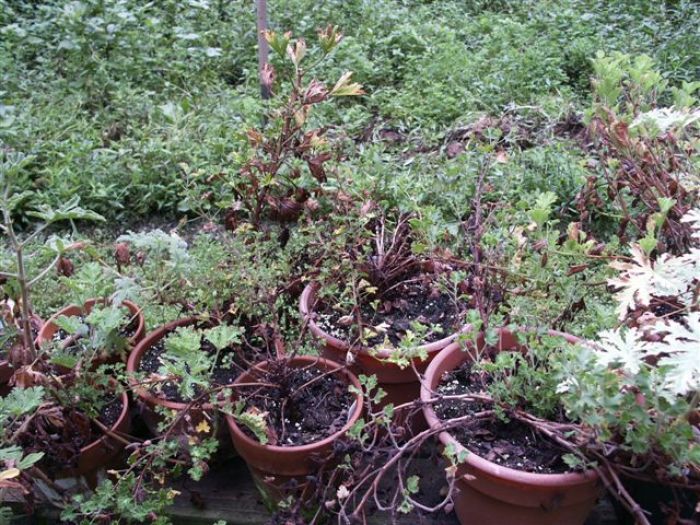
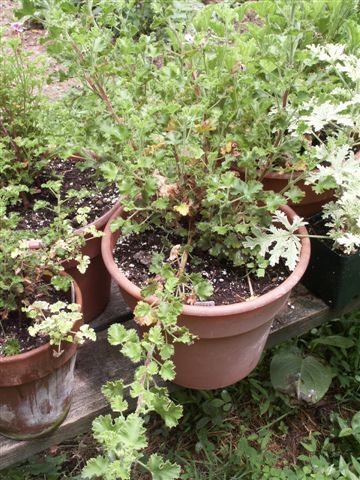

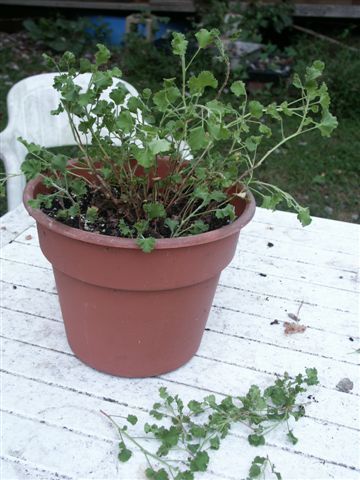
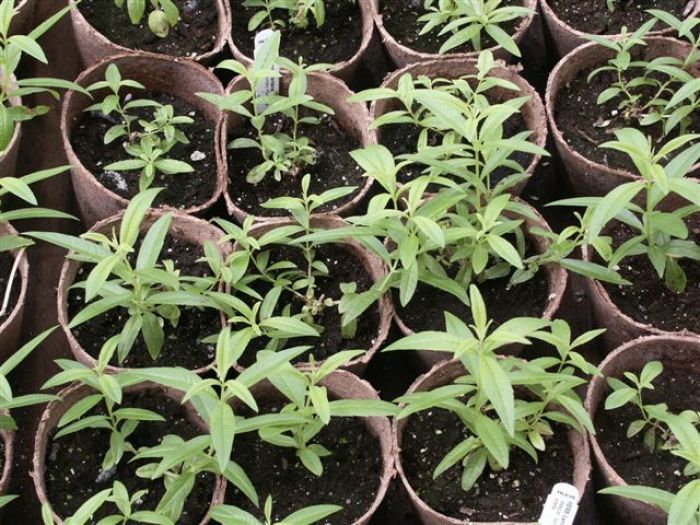
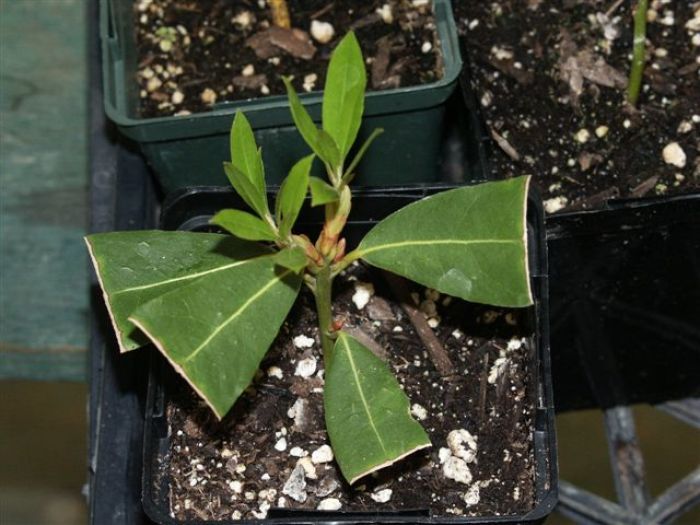
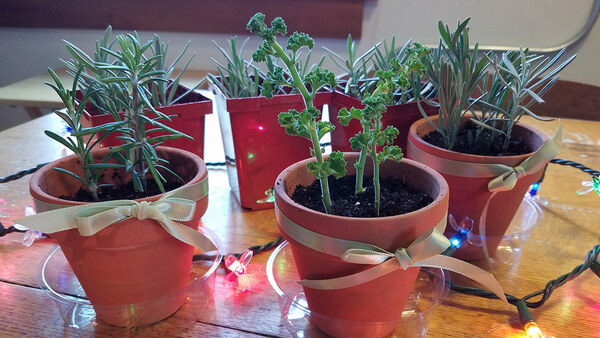
















Comments
Log in or create an account to post a comment.
Sign up Log in